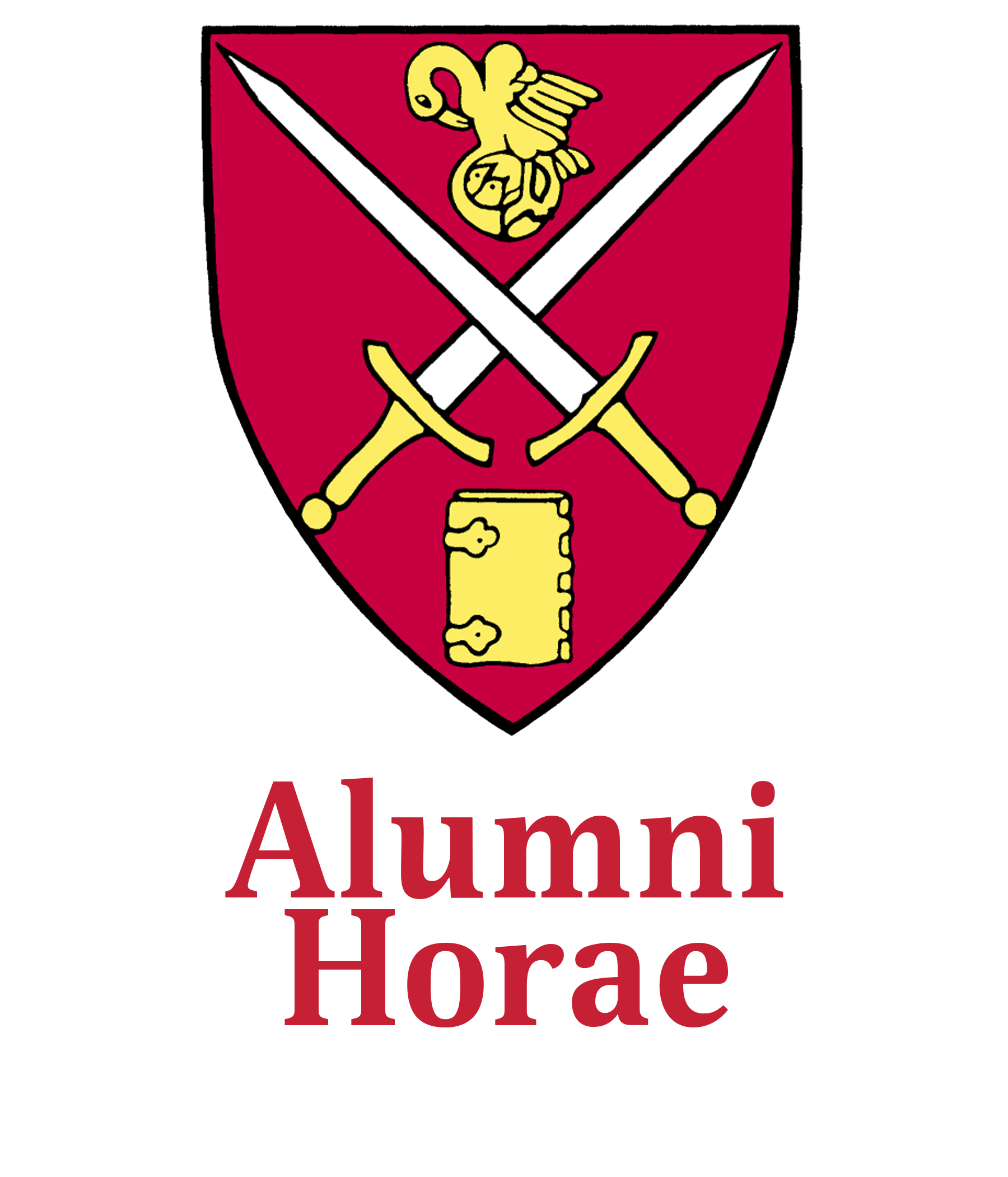SPS Today: Athletics Persist in a Time of COVID
Pandemic-Stricken Fall of 2020 Becomes Throwback Season of Sorts.
Up until the late 1960s, St. Paul’s School relied primarily on an athletic participation model that did not include interscholastic play. The club athletic system was beloved in those years, instilling a sense of pride in the School community.
While not what anyone would have chosen, the pandemic-stricken fall of 2020 has become a throwback season of sorts, as student-athletes have participated with limited access to interscholastic competition. Through the work of Director of Athletics Dick Muther and his staff, communicating closely with Medical Director John Bassi and Rector Kathy Giles, St. Paul’s managed to engage in 39 interscholastic athletic contents during a COVID-restricted fall, with the teams combining for a record of 35-1-3.
“As we began this fall, we felt that, if we got to play one single game against another school, that would be a huge win for us,” says Muther. “Early on the sense was, no matter what we did, the likelihood was very small the contests would be played.”
When the first scheduled weekend of Lakes Region play against Brewster Academy came around on October 3, there was not yet enough evidence to conclude that both schools had achieved the health standards required for competition. The mood on campus was one of disappointment. The good news, however, was that those milestones were soon reached, and resulted in five consecutive weekends of competition between October 10 and November 7 against Holderness, New Hampton, Kimball Union, Tilton, and Proctor.
To allow for maximum flexibility, the SPS Athletic Department instituted the “4-2” model this fall to positively engage more student-athletes. Under that standard, student-athletes were able to participate in a fall sport four days a week (Wednesdays to Saturdays) and then choose to continue with their fall sport (Mondays and Tuesdays) or participate in their winter or spring sport. This meant that dual-sport athletes could play, for example, field hockey or football four days a week and lacrosse or ice hockey two days a week. This model kept many student-athletes energized. When teams were able to get on a bus to travel for away games, and when they hosted athletes from other schools, players answered a series of health screening questions to evaluate any symptoms that could indicate a COVID infection.
“When our COVID testing came back on Friday mornings, we felt we had a healthy community,” says Muther. “We communicated with the school we were playing that weekend and hoped to hear the same from them. It was not until that moment that we knew we were on.”
To help keep parents engaged, games – including intra-squad scrimmages – were livestreamed. Associate ADs Chris Smith and Sheri Fournier took the lead on that work. In the condensed season, the boys and girls varsity soccer teams each went 5-0; the boys and girls cross country teams finished at a perfect 4-0; the varsity football team went 3-0; varsity field hockey (4-0-1) tied Holderness, before shutting out New Hampton, Kimball Union, Tilton, and Proctor. The girls JV soccer and JV field hockey teams went 4-0, while boys JV soccer finished at 2-1-2. Unfortunately, because none of the Lakes Region schools have volleyball programs, the SPS volleyball teams were unable to compete interscholastically, but they enjoyed intra-squad scrimmages. Despite the shortened campaign, there were still moments of which to be proud. Longtime SPS field hockey coach Heather Crutchfield points to a dramatic overtime win against Kimball Union. She also was pleased with the way her student-athletes used their time together to form a support network.
“The thing that impressed me most about our team,” says Crutchfield, “was the desire to be on the field every day, work hard, mask up, and truly understand how lucky we were to be together competing.”
Muther is in his fifth year at St. Paul’s, after spending 16 years as an athletic director at Tabor Academy. He has been coaching for nearly twice as long, and has never faced such a challenging season. He remains cautiously optimistic for the winter, with hopes to continue limited interscholastic play when the students return from an extended campus hiatus between Thanksgiving and the end of January. He, too, recalls the highlights of an unusual fall.
“The teams enjoyed being with each other,” says Muther. “They appreciated the time they were able to play. We feel really lucky that we were able to accomplish as much as we did.”




